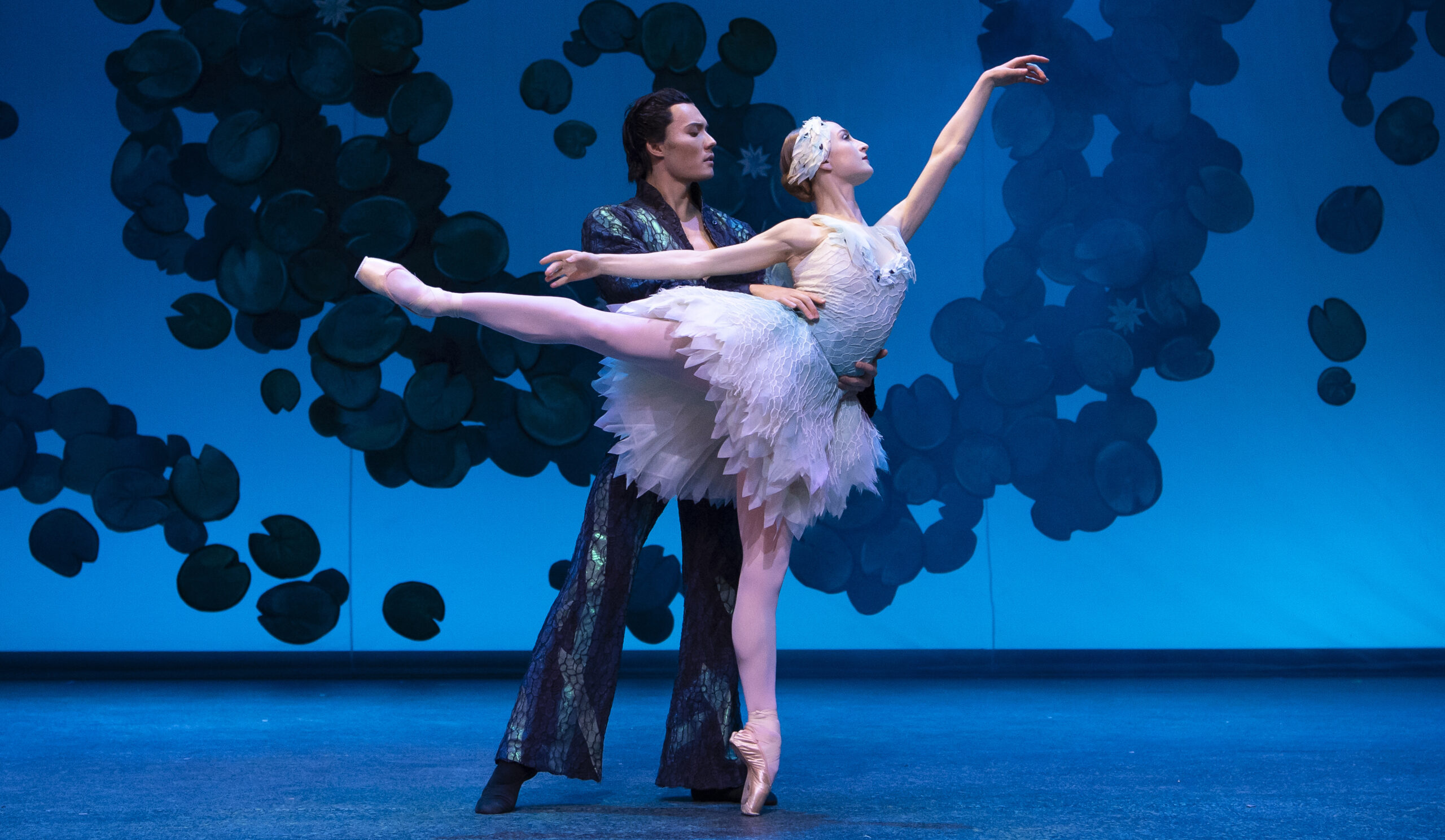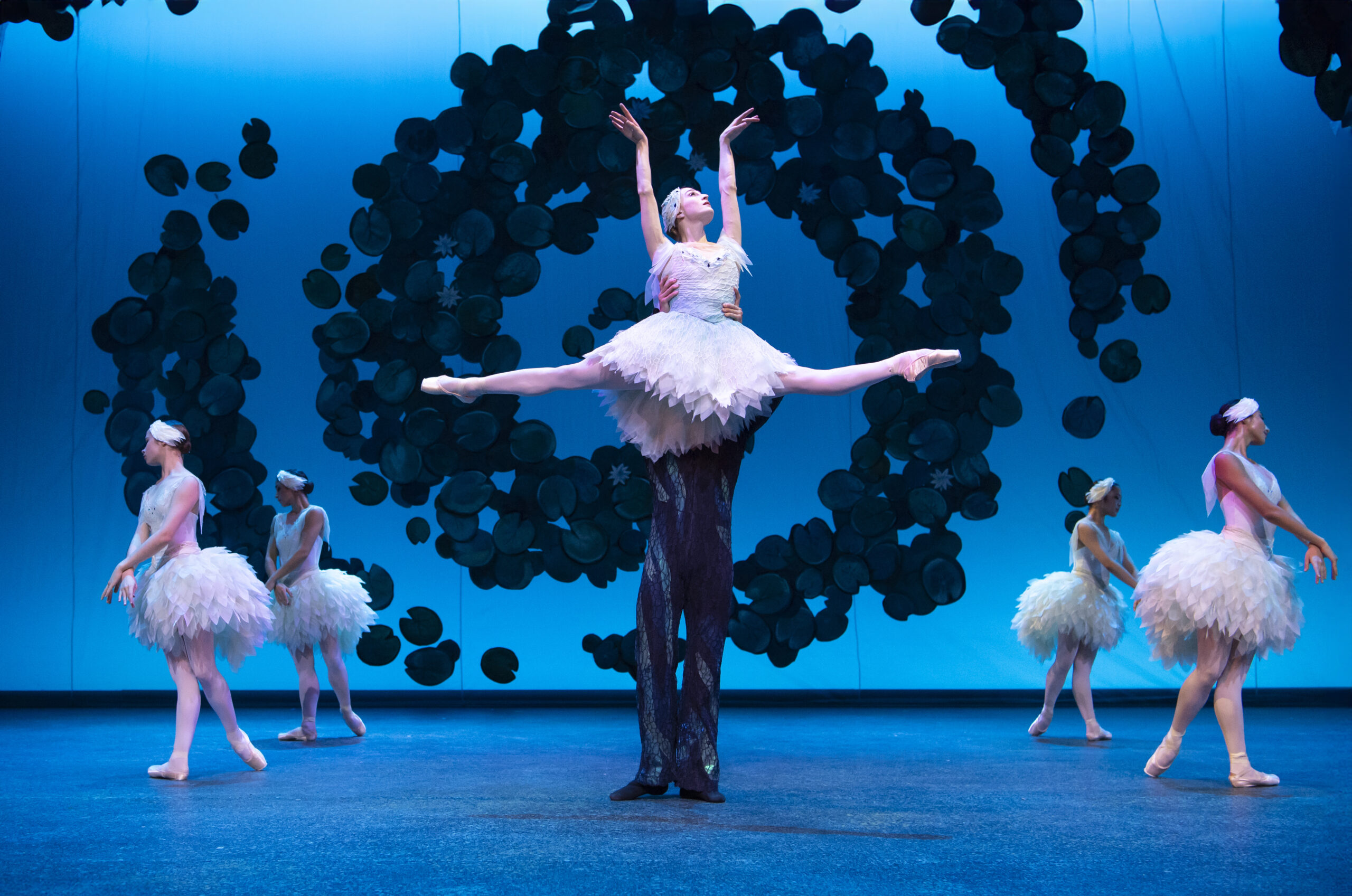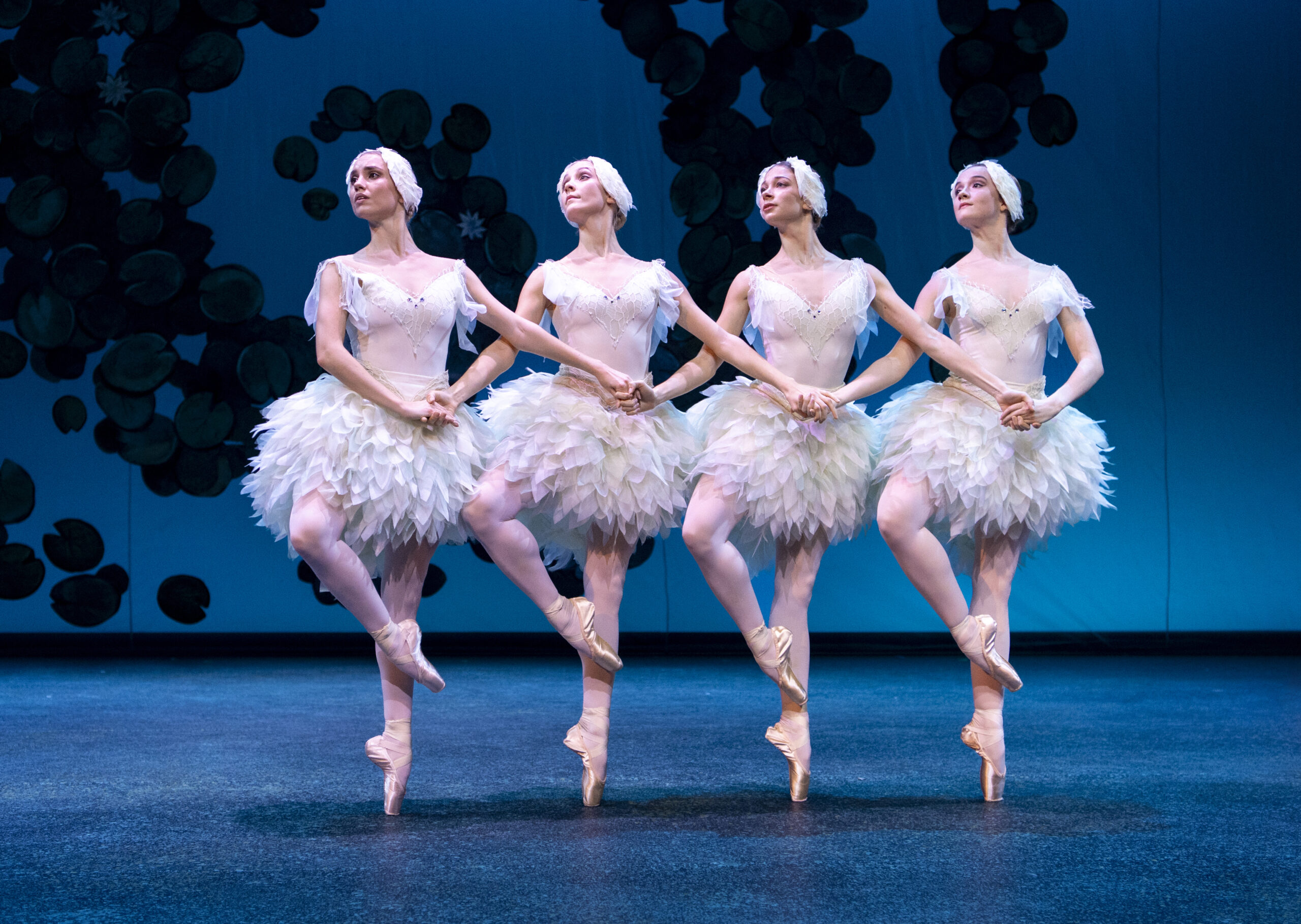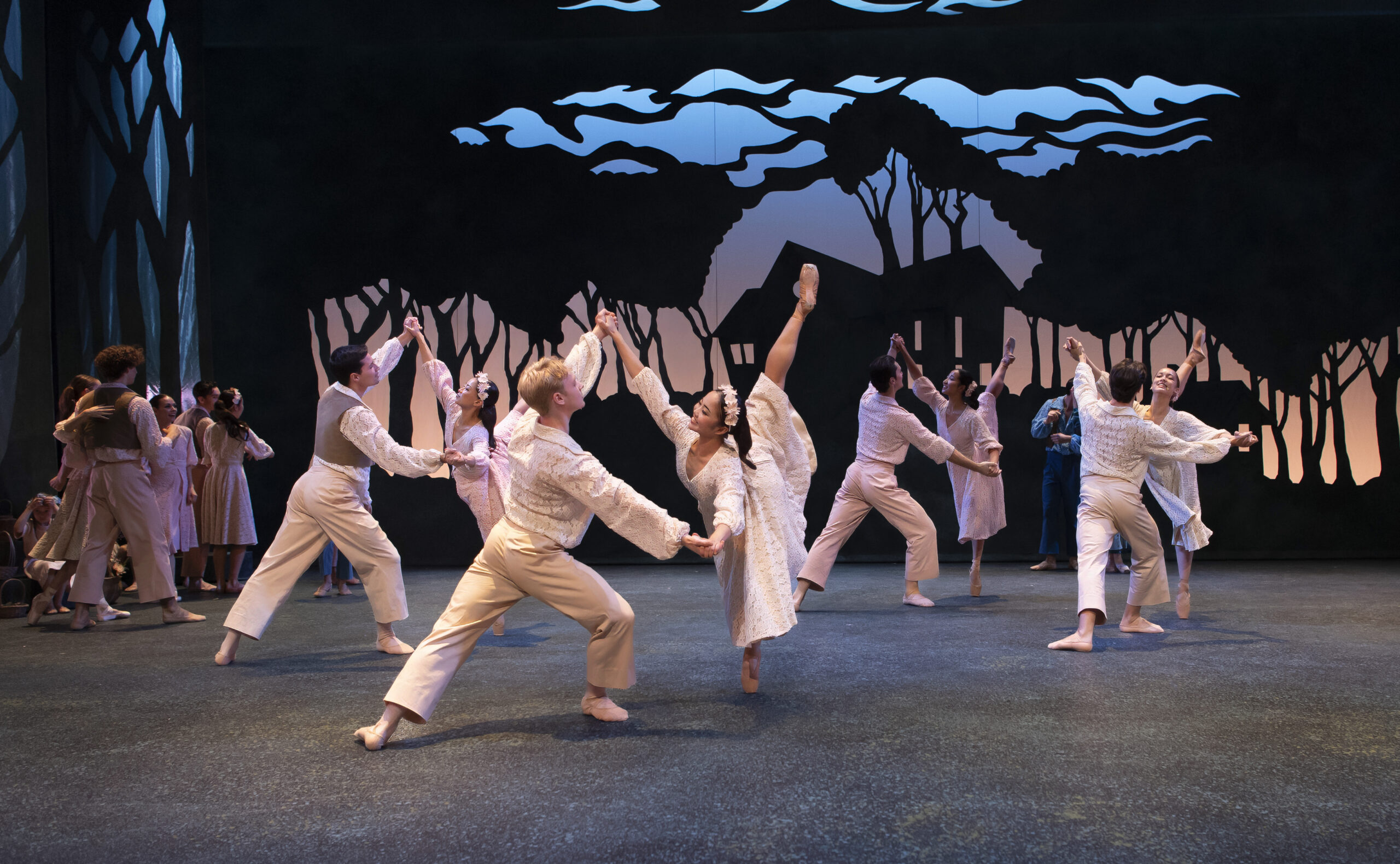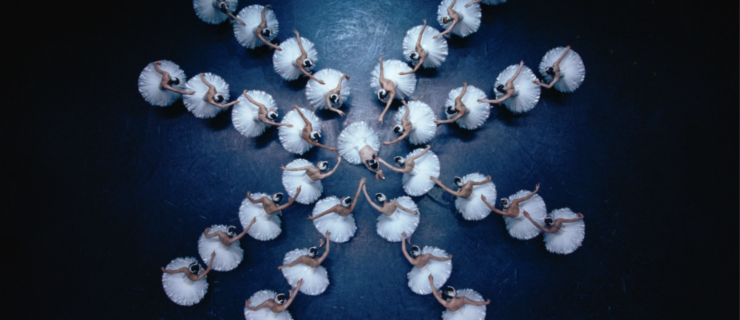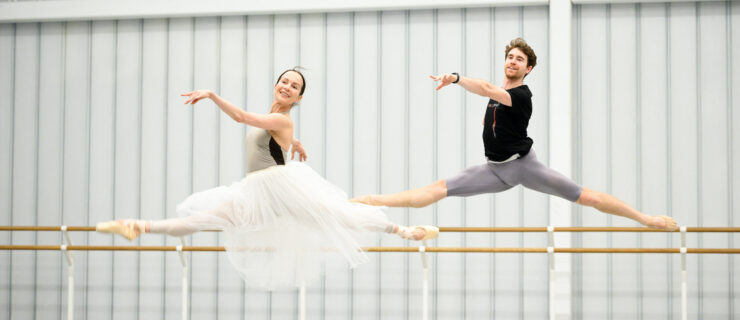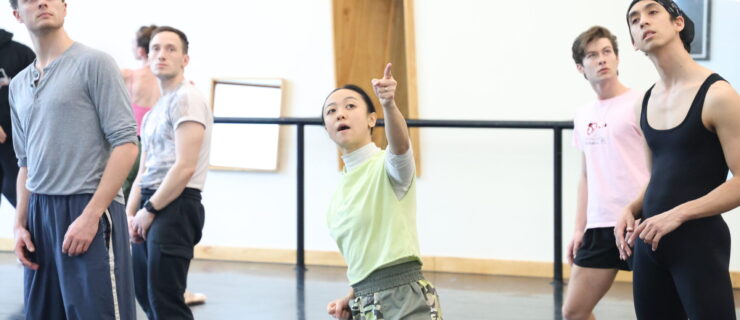Norwegian National Ballet’s A Tale About Swan Lake Puts a Spin on a Classic
What if Odette and Siegfried were brother and sister, not lovers? What if Odette might ultimately want to remain a swan? In Norwegian National Ballet dancer and choreographer Cina Espejord’s A Tale About Swan Lake, questions like these guide new twists on the classic Swan Lake.
Already sold out for its run November 2–9, the two-act ballet makes its world premiere on the Oslo Opera House’s Second Stage. But in an interview with Pointe, Espejord explains that it is specifically designed to be taken on tour.

“Our classical ballet productions don’t fit anywhere if we travel around Norway,” she says. “The few times we have gone on tour, we’ve gone with very abstract, small works. We’re the only ballet company in Norway; it’s a shame that we never go with something that’s classical.”
So when NNB artistic director Ingrid Lorentzen asked Espejord to create a tour-friendly classical ballet, the choreographer pondered a new take on Swan Lake as an enduring story that would appeal to the country’s audiences.
Espejord has weaved Nordic folklore into the original plot, turning the villain Von Rothbart into a Nixie, a shape-shifting water creature that enchants humans and, in Scandinavian mythology, causes them to drown in local lakes and fjords. She has also changed Odette and Siegfried’s relationship from one of romance to one of platonic sibling affection; the plot is driven by Siegfried’s years-long search for his sister after the Nixie lures her away one summer’s day.
We spoke with Espejord to learn more.
You are a current member of the company, and your first main-stage work premiered in 2014—about a decade ago! When did you begin choreographing?
I’ve had these two careers parallel all the way. Even before I knew it was called choreography, I would make dances with my friends and was always playing with music, people, and formations. Sometimes, when I was younger, I’d feel conflicted because I really wanted to dance. Now I’m very grateful, being a bit on the other side and having so much exciting different work.
How did you decide to reframe the classic Swan Lake narrative?
I’ve always loved the classics and admire how some people have managed to preserve the great stories in the classical language. I didn’t feel like I was ever going to do anything like that. But I’m always up for a challenge. I tried to make the ballet more relevant for a tour in Norway—how it could belong more to our history?
What made you decide to make Odette and Siegfried as siblings?
I have two girls that are fairly close in age. Their relationship as siblings is such a special love, and it’s something that hasn’t been portrayed much in dance. It’s always a romantic love story. This is a love story about how hard it is to lose someone in your family.
How did you adapt the music for a condensed version?
Everything is taken out of the original Tchaikovsky score, apart from the last number, which is also a Tchaikovsky piece written around the same time. (I needed another violin solo adagio to finish off the story that I couldn’t find in the score.)
The Nixie is portrayed by two humans: one dancer and one violinist, who’s playing all the solos live on the violin. I wanted to do that because the Nixie is that beauty that draws you to a place where you cannot find your way out; this music really pulls you in.
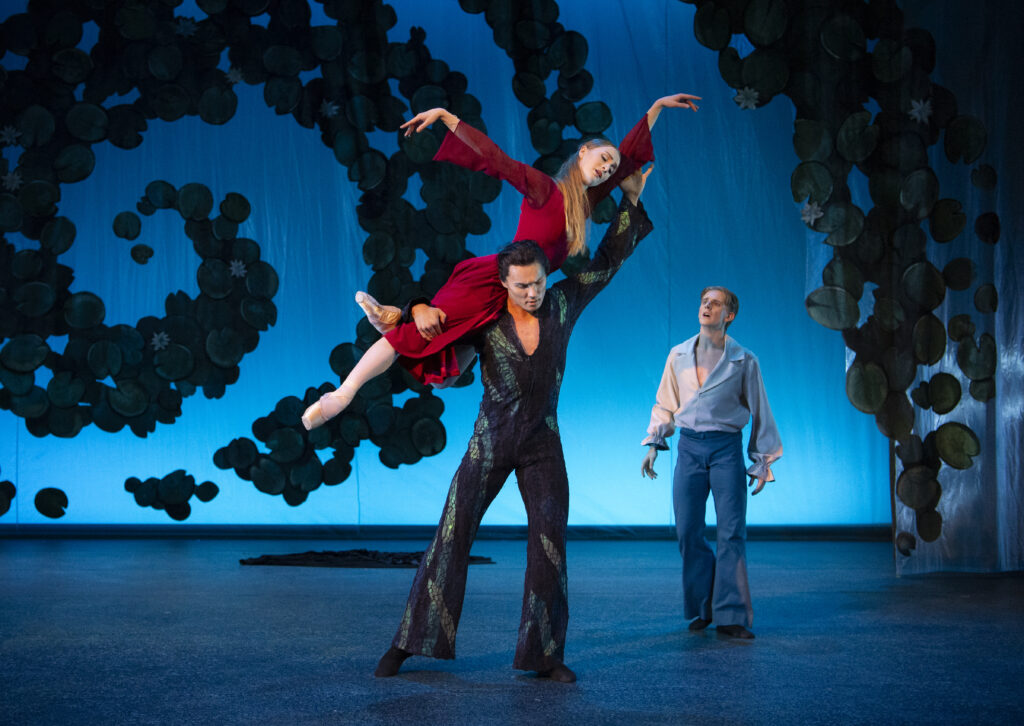
Does this version take place in a specific setting? Is that reflected in the sets and costumes?
My twist is folktale-y and suits the landscape—the mountainy countrysides of Norway. We can see in the costumes that [the setting] is not today, but it’s also not extremely dated. I thought about the concept of “a long time ago” for someone who’s 10.
It was a difficult commission to make something small and tourable, but also a magic fairy-tale. My set designer, Katja Ebbel, and I ended up going with a lot of very flowy, sheer materials for the wings and front curtain. It’s very tactile.
The costumer, Martin Dauchez, is a colleague of mine and fellow current dancer. We took some elements from [Norwegian] 17th of May traditional dresses as well as flowery ’70s wear. The swans aren’t in tutus but in a shape that a dress could turn into if it rips and shrinks over the years. Odette’s looks like the summer dress [she begins the ballet in]; a flower crown Siegfried made for her has melted into her head, and it looks like a swan crown.
Do you feel any nervousness about your decision to reimagine something as well-known as Swan Lake?
I have so much respect for Swan Lake and have been dancing it for years, all throughout my career. The music carries so much. I do feel like it’s like a huge undertaking, and I’m terrified but very excited about it.
